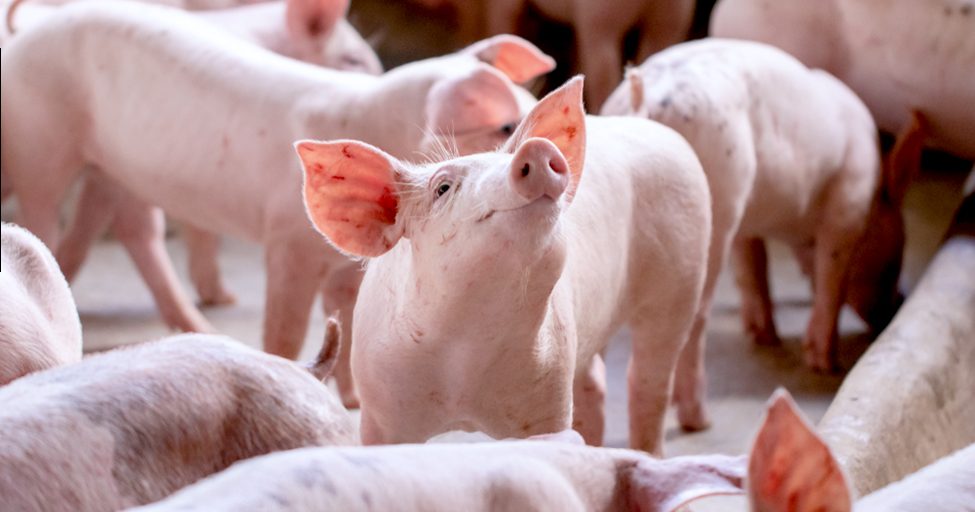Disease can take a huge toll on your livestock and farming operations.
But did you know that on-farm strategies to prevent endemic diseases are inconsistent throughout Australia, particularly for cattle graziers?
This article is your guide to risk management for livestock disease, not just for cattle.
The increasing susceptibility to diseases
Increasing trade and transport networks across our country and the globe make it easy for diseases and pests from anywhere, including previously inaccessible areas, to hitch a ride.
Our changing climate, evidenced by rainfall patterns, numerous floods and droughts, plus scorching heatwaves, means infectious diseases transmit more easily. Heat stress is a direct effect; extreme weather is an indirect one, increasing the presence and reproducibility of vectors and pathogens.
There are 206 animal diseases (and growing), according to the World Organisation of Animal Health. That’s disease as well as infections or infestation.
Risk of foot and mouth disease
While foot-and-mouth disease hasn’t hit our shores for more than a century, it’s still a huge risk for our beef, lamb and pork export markets, in particular.
The disease hit the headlines after outbreaks in Indonesia were detected last year. Infected stock have blisters on their hooves, and around their mouths and noses. They have fever, drool, and are reluctant to move. The virus is still viable in frozen, freeze-dried and chilled meat and dairy products. It can also travel via bones, untreated hides, soil, plus vehicles and equipment that’s come into contact with infected animals.
Australia’s chief vet Dr Mark Schipp has said farmers whose animals are infected, would be compensated.
However, he estimates an outbreak here would cost the nation $80 billion over several years. However, Australia could reduce that bill by at least $9 billion if an outbreak happens. That’s due to states and territories having proposed trading zones in the pipeline to help manage the spread, should there be an outbreak of foot-and-mouth disease.
Protecting your livestock from disease
Farmers have a legal duty of care to look after their animals’ welfare. That means you’ll have plans for appropriate nutrition, timely husbandry, and factor in vaccinations and chemical dosing.
Business Queensland offers these good practices as a guide. Be sure to check your state/territory for those that apply to your region:
- Quarantine stock you introduce to your farm before letting them run with the rest of the herd
- Monitor stock for signs of pests and diseases; isolate those affected, and for unusual cases, contact your vet and the Emergency Animal Disease Hotline on 1800 675 888
- Appropriately disposing of carcases
- Actively divert wild birds, feral animals, and vermin from your land as they may introduce disease. Double fencing, protecting feed sources, management plans, even livestock guardian dogs, can help
- Look out for ticks, mosquitoes, and biting flies that can bring disease and impact livestock health, particularly after heavy rain. Check your livestock and roll out an integrated control program
- Curtail road entry points to your farm and erect a front gate sign about your entry requirements for vehicles, such as come clean, go clean
- Keep your stock feeds and water free of algal bloom, diseases and chemicals
- Source a vendor declaration for raw stock feeds
- Follow regulations about prohibited and restricted feed, and have a formal biosecurity plan if you’re a red-meat producer
- Seek out updates about disease threats, resistance trends, new vaccinations and treatments.
You may already implement most if not all of those, it’s about robust business practice and being a good neighbour. For instance, be prompt in sharing information about carcase and animal disease via the voluntary Livestock Data Link platform.
Consider checking out multi-criteria-decision-analysis as an on-farm decision tool for preventing and managing livestock disease. Also, visit this farm biosecurity website for free information and resources.
Investigate if technology, chips and body sensors, even ear tags, could help you better monitor animal health and disease. Read about how farmers are using augmented reality to learn about disease control.
Livestock insurance for disease
You can boost your risk management with tailored insurance. One of these policies could be a good fit for your farming operations.
- Egg farm
- Poultry farm livestock
- Cattle
- Beef feedlot
- Piggery livestock
- Sheep
- Goats
- Buffalo and camelids.
We’re here to help guide you in protecting your livestock. Reach out for more information and suggestions for your risk management approach.

